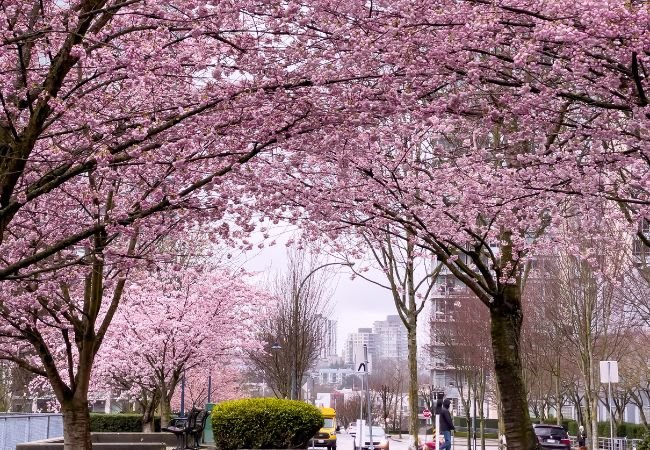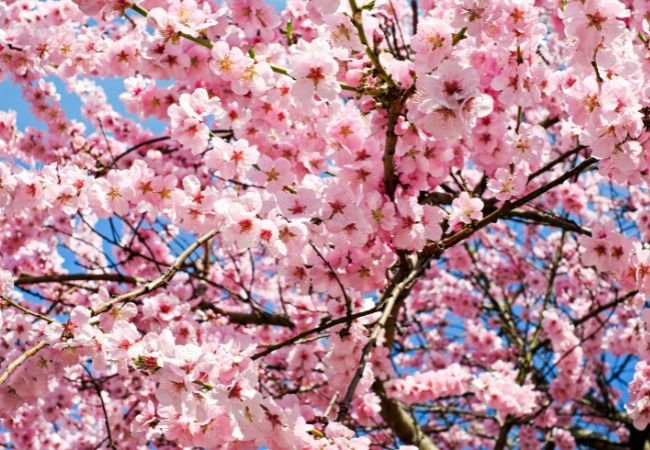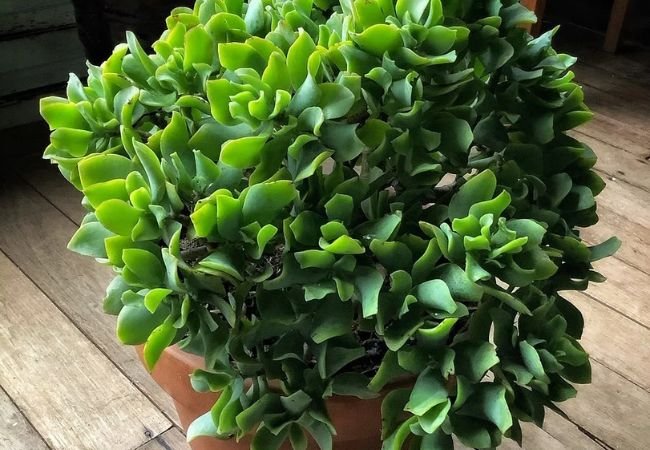Flowering cherry blossom trees, also known as Prunus, are a sight to behold when in full bloom. Their delicate, pink or white blossoms create a stunning display that is sure to enhance any outdoor space. This comprehensive guide covers everything you need to know about planting and growing these beautiful trees, from selecting the right variety and preparing the planting site to proper care and maintenance. Whether you’re an experienced gardener or a novice, this article will provide you with practical tips and insights to ensure your cherry blossom tree thrives and brings you years of enjoyment.
Few sights in nature are as breathtaking as a flowering cherry blossom tree in full bloom. With their delicate pink or white blossoms adorning the branches, these Prunus trees create a stunning display that is sure to enhance any outdoor space. Whether you’re dreaming of a backyard oasis or adding a focal point to your landscape, growing a cherry blossom tree can be a rewarding and beautiful endeavor. In this comprehensive guide, we’ll explore the steps to successfully plant and care for these magnificent trees, ensuring you can enjoy their beauty for years to come.
Here’s a brief overview of cherry blossoms:
| Aspect | Information |
|---|---|
| Scientific Name | Prunus serrulata |
| Common Name | Cherry Blossom, Sakura |
| Plant Type | Deciduous flowering tree |
| Sun Exposure | Full sun |
| Soil Type | Well-drained, fertile soil |
| Height/Spread | Varies widely depending on cultivar, typically 15-25 ft tall with a similar spread. |
| Blossom Season | Spring |
| Flower Color | Shades of pink, white or occasionally other colors depending on the variety. |
| Cultural Significance | Symbolizes beauty, renewal and the transient nature of life in Japanese culture; celebrated during Hanami festivals. |
| Regions | Native to East Asia; widely cultivated in temperate regions worldwide, especially in Japan. |
| Uses | Ornamental tree, celebrated for its stunning spring blossoms; also used in landscaping and as a street tree. |
Selecting the Right Variety

The first step in your cherry blossom journey is choosing the right variety for your climate and growing conditions. Here are some popular options to consider:
Kwanzan Cherry (Prunus serrulata ‘Kwanzan’)
One of the most widely grown varieties, known for its dense, double-pink blossoms and upright growth habit.
Yoshino Cherry (Prunus x yedoensis)
A classic variety with abundant single white or light pink blooms and a spreading canopy.
Weeping Cherry (Prunus subhirtella ‘Pendula’)
A graceful weeping variety with cascading branches and pale pink blossoms.
Sargent Cherry (Prunus sargentii)
A smaller tree with deep pink, single blooms and a rounded form.
When selecting your variety, consider factors such as mature size, bloom color and growth habit to ensure it fits your desired look and available space.
Planting Your Cherry Blossom Tree
Once you’ve chosen your variety, it’s time to prepare for planting. Cherry blossom trees thrive in well-draining soil and full sun exposure. Here’s how to plant your tree:
Site Selection
Choose a location that receives at least 6 hours of direct sunlight per day and has well-draining soil. Avoid areas with standing water or heavy clay soil.
Soil Preparation
Amend the planting area with compost or well-rotted manure to improve soil structure and drainage. Cherry blossom trees prefer slightly acidic soil with a pH between 6.0 and 7.0.
Planting Depth
Dig a hole that is two to three times wider than the root ball but no deeper. This will encourage the roots to spread outward.
Planting and Backfilling
Carefully place the tree in the hole, ensuring the root flare (where the trunk meets the roots) is slightly above ground level. Backfill with the amended soil, tamping it down gently to remove any air pockets.
Staking
Stake the tree for the first year to help stabilize it and prevent wind damage.
Caring for Your Cherry Blossom Tree
Proper care and maintenance are essential for ensuring your cherry blossom tree thrives and blooms to its full potential. Here are some tips to keep in mind:
Watering
Provide your tree with consistent moisture, especially during periods of drought or heat. Water deeply and regularly, allowing the soil to dry out slightly between waterings.
Mulching
Apply a 2-3 inch layer of organic mulch around the base of the tree, keeping it a few inches away from the trunk. Mulch helps retain moisture and suppress weeds.
Pruning
Cherry blossom trees require minimal pruning, but it’s important to remove any dead, damaged or crossing branches to promote air circulation and a balanced shape.
Fertilizing
Apply a balanced, slow-release fertilizer in early spring to provide essential nutrients for healthy growth and blooming.
Winter Protection
In colder climates, young cherry blossom trees may benefit from wrapping the trunk and lower branches with burlap or tree wrap to protect them from frost damage.
Troubleshooting Common Issues
While cherry blossom trees are generally low-maintenance, they can be susceptible to a few issues. Here are some common problems and their solutions:
Pests and Diseases
Cherry blossom trees can be affected by pests like aphids, borers and scale insects, as well as diseases like leaf spot, canker and blight. Proper pruning, mulching and pest control methods can help prevent and manage these issues.
Lack of Blooms
If your tree is not blooming, it could be due to improper pruning, insufficient sunlight or environmental stresses. Ensure your tree is receiving adequate sunlight and water and prune correctly to encourage flowering.
Leaf Scorch
Brown, crispy leaf edges can be a sign of drought stress or root damage. Increase watering and mulching to help retain moisture.
Premature Bloom Drop
If the blossoms are falling off prematurely, it could be due to frost damage, extreme temperature fluctuations or insufficient water. Protect the tree from frost and maintain consistent moisture levels.
With their stunning blooms and graceful forms, cherry blossom trees are a true delight in any outdoor space. By following the guidelines outlined in this comprehensive guide, you’ll be well-equipped to plant and care for your own flowering cherry blossom tree, ensuring it thrives and brings you years of joy and beauty. Embrace the process, be patient, and revel in the beauty of these magnificent trees as they transform your landscape into a breathtaking showcase of nature’s artistry.








Leave a Reply